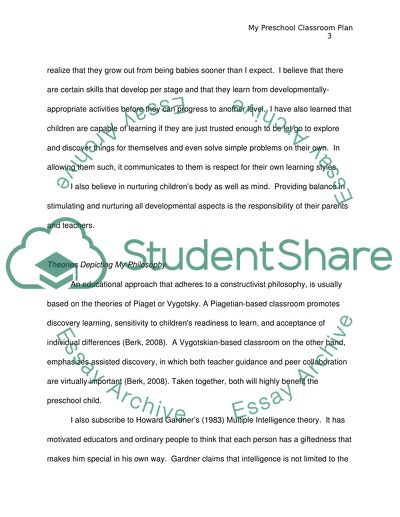Cite this document
(“The Classroom Plan Essay Example | Topics and Well Written Essays - 1750 words”, n.d.)
The Classroom Plan Essay Example | Topics and Well Written Essays - 1750 words. Retrieved from https://studentshare.org/miscellaneous/1561778-the-classroom-plan
The Classroom Plan Essay Example | Topics and Well Written Essays - 1750 words. Retrieved from https://studentshare.org/miscellaneous/1561778-the-classroom-plan
(The Classroom Plan Essay Example | Topics and Well Written Essays - 1750 Words)
The Classroom Plan Essay Example | Topics and Well Written Essays - 1750 Words. https://studentshare.org/miscellaneous/1561778-the-classroom-plan.
The Classroom Plan Essay Example | Topics and Well Written Essays - 1750 Words. https://studentshare.org/miscellaneous/1561778-the-classroom-plan.
“The Classroom Plan Essay Example | Topics and Well Written Essays - 1750 Words”, n.d. https://studentshare.org/miscellaneous/1561778-the-classroom-plan.


